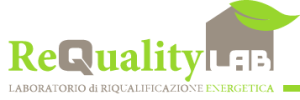strongly related
Buildings and environment
The special role
of structures
Buildings have a big impact on climate, environment, health and prosperity.
- Buildings are one of the main responsible for gas emissions; in the USA they represent the 39% of CO2 (source: PEW Center - IPCC)
- 460 million tonnes of CO2 for year could be saved in Europe by effective economic measures for building efficiency (source: Ecofys)
- About 41% of the total energy in Europe is caused by buildings
- 2/3 of energy consumption are used for heating and air conditioning
- With efficient buildings, it would be a reduction of 3.3 million barrels of oil for year in Europe (source: Ecifys)
- in OCSE countries, people spend 90% of life inside buildings
- in US could save 5.9 billion for year in healtcare costs by improving building insulation (source: Levy et al. Environmental Health)
- between 15% and 30% of household income in Europe is spent on housing
- by improving energy efficiency of buildings, 530.000 jobs could be created in Europe (source: EURIMA)
- in US, energy efficiency could create 1.1 million new jobs
ReQuality uses 3 fundamental concepts:
1
to reduce energy requirements by avoiding waste and introducing advance energy saving systems
2
to use renewable and sustainable energy sources as much as possible by reducing the use of depleted fossil fuels
3
to use efficiently fossil fuels and only if unaivoidable
These 3 concepts can be adopted also in existing buildings.
A better efficiency and a more clear approach on enviroment can be obtain
- by modifying the structure and systems
- by using new technologies
- by optimizing the menagement and monitoring the structure
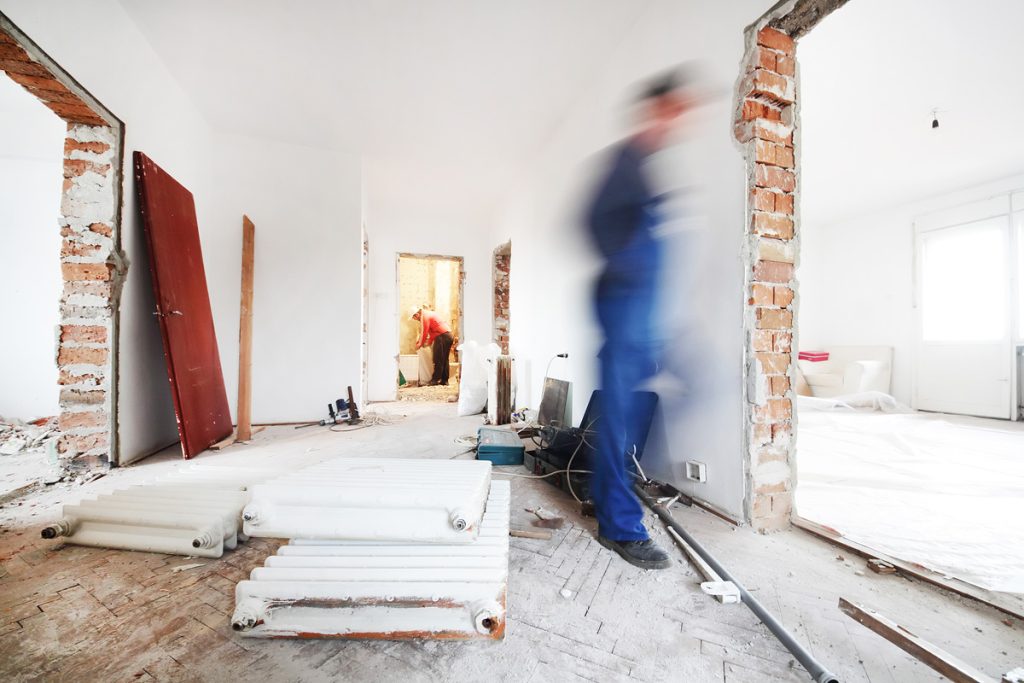
Energy certification and requalification
Mandatory by law, energy certification can be the first step of the redevelopment process.
What is energy certification?
it’s a procedure to value energy consumption which is necessary to maintain a certain internal climate.
It consists in the production of a document that certifies the energy performarce at the end of the evaluation process. It indicates energy parameters and it contains recommendations for the improvement of the energy performance of the building.
This procedure considers climate and local conditions, the type of heating and air conditioning system, the possible use of renewable energy sources and the architectural characteristics of the building.
The certification was born with two European directives of 2002 (2002/91/CE) and 2006 (2006/32/CE). It was introduced in Italy in 2005 (D.lgs 192/2005). Modifications were adopted in 2015.
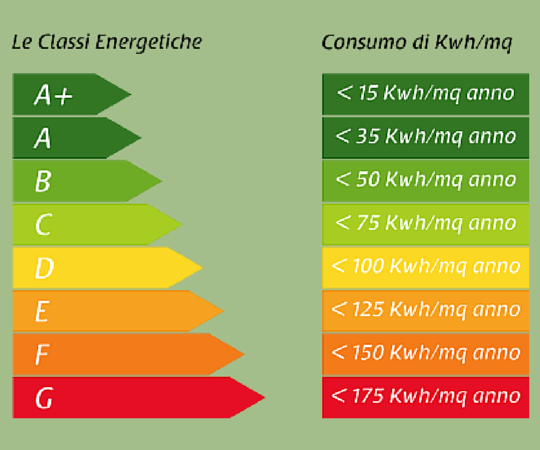
In 2013 the certification has changed its name from “Attestato di certificazione energetica” (ACE) to “Attestato di prestazione energetica” (APE), in force since 2013.
There are some different classes from G to A4. The certification is mandatory in case of construction, sale or rental, and also for several other practises, such as tax deductions of 65% related to energy requalification.
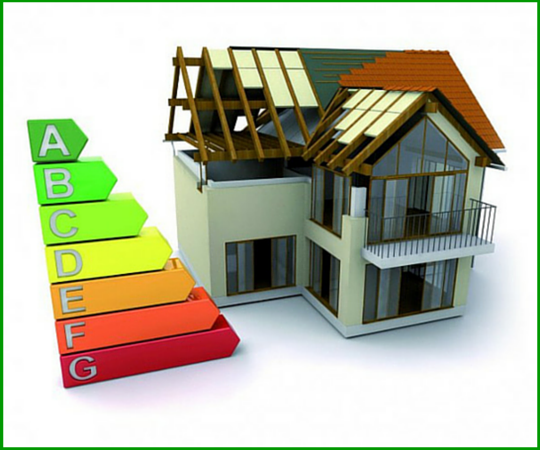
Energy certification and requalification
The certificationsanctions the improved energy performarce of buildings, the reductiong of the energy consumption and gas emissions, promoting technological development , from which 40% of global energy consumption comes.
A fundamental step is the energy diagnosis, with which we can have a clear idea of the existing structure, but also it’s possible to simulate the effects of different efficiency measures, their costs and economic and financial plans of return with relative times.
Energy diagnosis
Requalification starts with energy diagnosis of the building
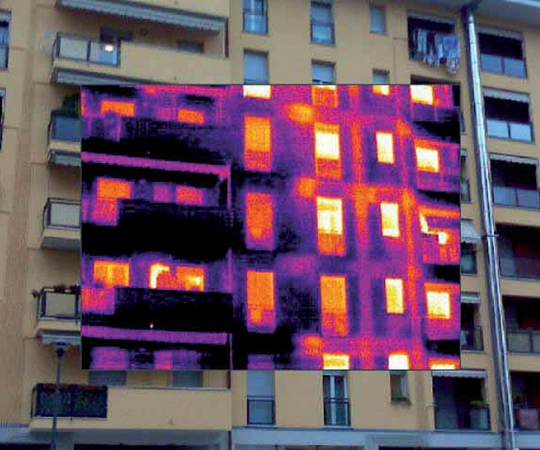
What is the energy diagnosis?
It’s the final document of a clear value process of the energy characteristics of a building. There is a starter step of analysis to all components (external walls, windows, balconies, roof, heating systems, production of domestic hot water, …).
By writing data on the software, you can obtain an energy model of the structure. The model is then verified by a comparison between the theoretical behavior with the real one, by checking that the data of energy consumption (and related costs) are with the actual data of energy bills of al least the last 3 years.
Energy diagnosis is also a project
and an economic-financial plan
The second part of the diagnosis consists on a simulation of different interventions. It’s possible to understand efficient levels for each intervention (example: what advantages are linked to the installation of a thermal coat, or to the replacement of windows, or to the modification of the existing plant with a new and more efficient one).
At the same time, you can obtain the costs of each intervention, based on precise estimates of metric calculation and on market prices of materials and equipment. You can see the efects based on the combination of interventions to obtain the best compromise between costs and results.

With the diagnosis, it’s possible to verify the payback time of the investment: in fact, all interventions considered serve to increase energy efficiency, repaid by the resulting cost savings.
If the intervention is in the category “Deep Retrofit”, the reduction of consumption is more than 50% of the starting level, and in some cases it can reach 100%, obtaining a Near Zero Energy Building (NZEB).
Thanks to the Deep Retrofit, you can obtain energy savings of more than 50%
How to do and what benefits a deep retrofit offers
Deep retrofit achieves important efficiency levels because it considers the entire building system and it intervenes simultaneously on different elements that make it up.
It is based on an accurate energy diagnosis and it is useful to compare different results of different actions.
In summary, you can obtain a reduction of energy costs, a growth of the value of the building, a greater attractiveness on the market. At the same time, people notice an improvement of housing welfare, a reduction of disease and the growth of the productivity (in commercial ans industrial buildings).
What is the Deep retrofit?
It’s an intervention realized through a process of analysis and requalification with a new approach that achieves important energy savings, greater than a standard renovation.
It can be applied on any buildings, both residential and commercial, of any size, from single house to condominiums, from schools to industrial buildings.
It allows saving of at least 50% with respect to the starting situation.
We can say that the deep retrofit is different from other types of renovation (which normally don’t aim to achieve energy saving of the building), and also from simply efficiency interventions, which are usually limitated to a single component (for example the lighting or heating system) and they don’t take the opportunity to obtain really substantial savings.
